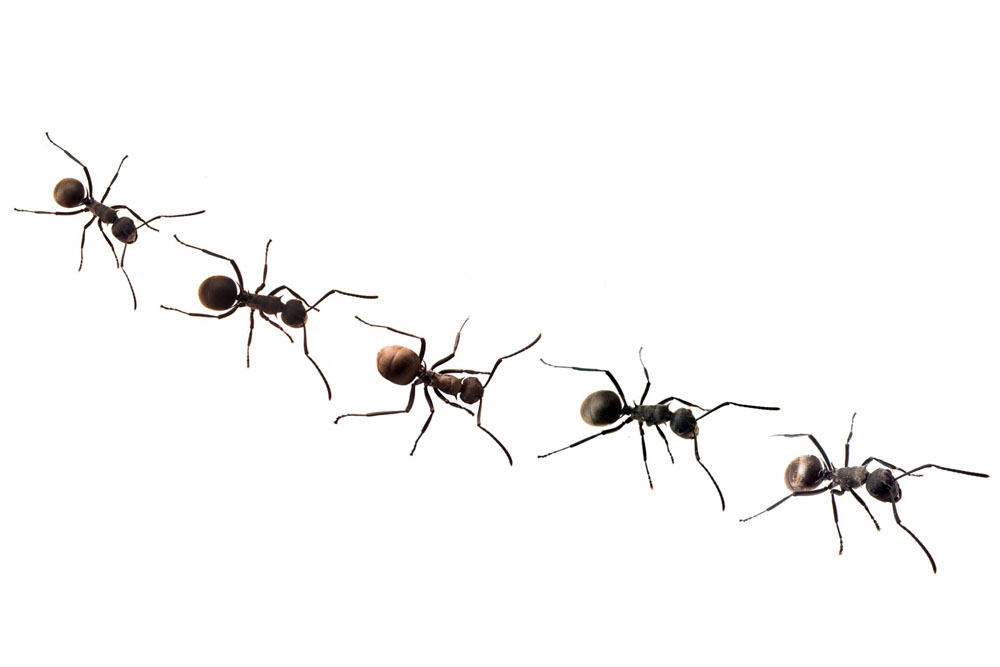The findings of a research into the eating habits of ants conducted by researchers from the North Carolina State University point out that some of these insects in the streets of New York are developing a taste for junk food. The results were published Wednesday in the scientific journal Proceedings of the Royal Society B.
The study was carried out under the aegis of Clint Penick, a postdoctoral researcher from NC State and the lead author of the paper, who together with his team wanted to find out why some species of ants preferred to live alongside humans while others were interested in less urban environments. Knowing this, the team believed, could help find out which of the ant species contribute most significantly towards cleaning up trash.
As a part of their experiments, the team picked up more than 100 ant samples from sidewalks, parks and street medians in Manhattan. The samples, representing 21 different species, were then examined to detect isotope levels in their bodies. Isotope content of ant body will help examining the diet of the ant.
The team found out that ants that living on the footpath and other paved areas in New York City had carbon isotope levels similar to that of humans, indicating that they were consuming foods similar to humans living in that area. Ants living in parks, on the other hand, were found to have lower levels of carbon contents.
“Human foods clearly make up a significant portion of the diet in urban species, these are the ants eating our garbage, and this may explain why pavement ants are able to achieve such large populations in cities,” said Penick.
“Humans bring a ton of general resources,” he added. “The species that can take advantage of these resources the best, sort of wins.”
The scientists therefore concluded that ants living on pavements take to human food in their quest for survival, as they run out of other sources of food. The researchers now plan to investigate further whether these ants would prefer to turn to human food when not suffering from any shortage of natural diet.

